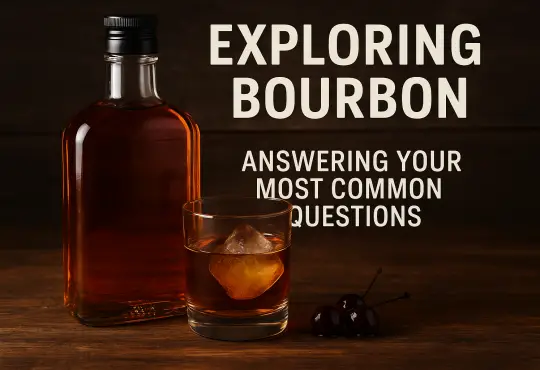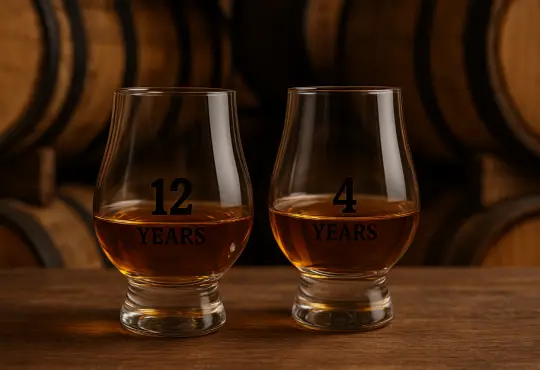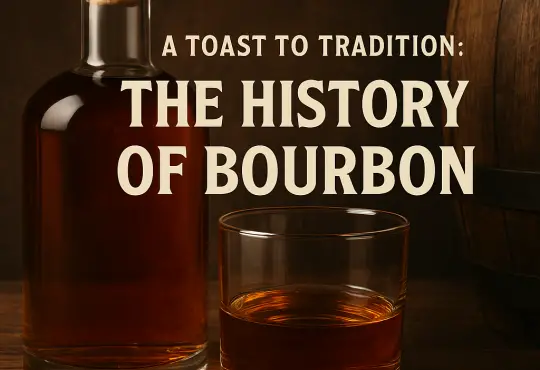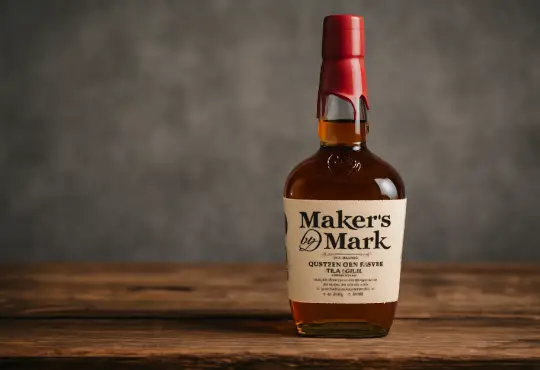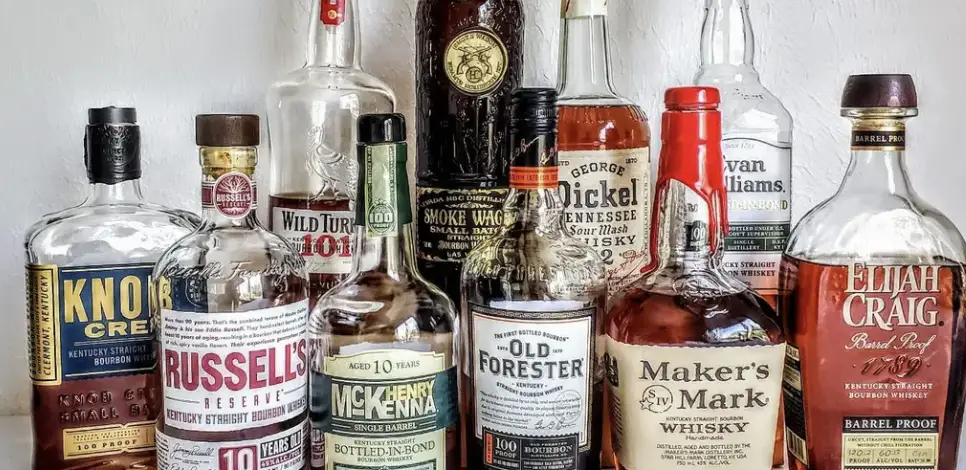
Understanding Bourbon Bottling: Decoding Labels and Unraveling Proof for Whiskey Enthusiasts
Bourbon, known for its rich flavors and distinctive character, has captivated whiskey enthusiasts around the world. As you peruse the aisles of your favorite liquor store, you may find yourself confronted with a multitude of bourbon bottles, each adorned with unique labels and proof values. In this blog post, we will delve into the world of bourbon bottling, decoding the information displayed on labels and unraveling the concept of proof. By understanding these essential aspects, you’ll be equipped with the knowledge to make informed decisions and fully appreciate the nuances of the bourbon you choose to indulge in.
- Bourbon Label Basics:
Bourbon labels are packed with valuable information that provides insights into the whiskey’s production, aging, and flavor profile. Let’s break down the key elements you’ll commonly encounter on bourbon labels:
- Brand and Distillery: The label prominently displays the brand name and often includes the distillery responsible for producing the bourbon. Some distilleries produce multiple brands, each with its unique characteristics.
- Age Statement: Bourbon labels may specify the age of the whiskey, indicating the number of years it has been aged in oak barrels. The age statement highlights the whiskey’s maturity, with older bourbons often exhibiting more complex flavors.
- Mash Bill: The mash bill refers to the combination of grains used in the bourbon’s production. It typically includes the percentage of corn, along with other grains like rye, wheat, and malted barley. The mash bill influences the bourbon’s flavor profile, with varying ratios resulting in different taste characteristics.
- Bottling Strength or Proof: The proof indicates the alcohol content of the bourbon and is expressed as a percentage. Understanding proof is essential in determining the whiskey’s intensity and potential for flavor concentration, which we’ll explore further in the next section.
- Demystifying Proof:
Proof is a measurement of a whiskey’s alcohol content, and it plays a significant role in the flavor and overall experience of bourbon. Traditionally, proof was determined using a method where gunpowder would ignite if the whiskey was overproof. Today, proof is calculated by doubling the percentage of alcohol by volume (ABV).
- Standard Bourbon Proof: Most bourbons are bottled at 40% to 50% ABV (80 to 100 proof). This range strikes a balance between flavor intensity and smoothness, allowing the bourbon’s unique character to shine through.
- Barrel Proof: Barrel-proof bourbons, also known as cask strength, are bottled directly from the aging barrels without dilution or additional water. These bourbons typically have higher proof levels, ranging from 50% to over 70% ABV (100 to 140+ proof). Barrel-proof bourbons offer robust flavors and allow enthusiasts to experience the whiskey in its purest, undiluted form.
- Water and Proof Adjustment: Some bourbons are proofed down with water before bottling. This process adds water to reduce the alcohol content, making the bourbon more approachable and mellow. The addition of water can enhance certain flavor profiles and bring out additional nuances in the whiskey.
- The Impact of Proof on Flavor:
Proof influences the flavor and sensory experience of bourbon in several ways:
- Intensity: Higher-proof bourbons tend to exhibit more intense flavors, with bolder spice, heat, and complexity. Lower-proof bourbons may showcase a smoother, milder character with subtle nuances.
- Mouthfeel: The alcohol content affects the mouthfeel of bourbon. Higher-proof bourbons can offer a fuller, more viscous texture, while lower-proof bourbons may feel lighter and more delicate.
- Dilution and Customization: Proof provides an opportunity for customization. By adding water or ice, you can adjust the bourbon’s proof to your desired level, allowing you to tailor the experience to your personal preferences.
- Exploring Flavor Profiles:
Understanding bourbon labels and proof can give you insight into the potential flavor profile of the whiskey. Higher-rye mash bills often contribute to spicier and bolder flavors, while higher-wheat mash bills can produce softer, sweeter profiles. Age statements and barrel maturation play crucial roles in developing complex flavors, with longer aging periods often yielding deeper, richer characteristics.
Conclusion:
Decoding bourbon labels and understanding proof empowers whiskey enthusiasts to make informed choices and appreciate the nuances of their preferred bourbons fully. By examining the brand, age statement, mash bill, and proof, you gain valuable insights into the bourbon’s production and flavor profile. Additionally, comprehending the impact of proof on intensity and mouthfeel allows for a more personalized and enjoyable tasting experience. So, the next time you encounter a bourbon bottle, take a moment to decode its label and appreciate the intricate details that contribute to its distinctiveness.

